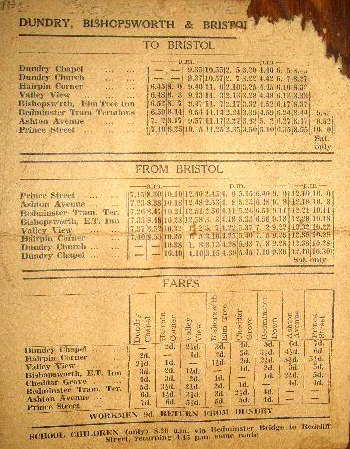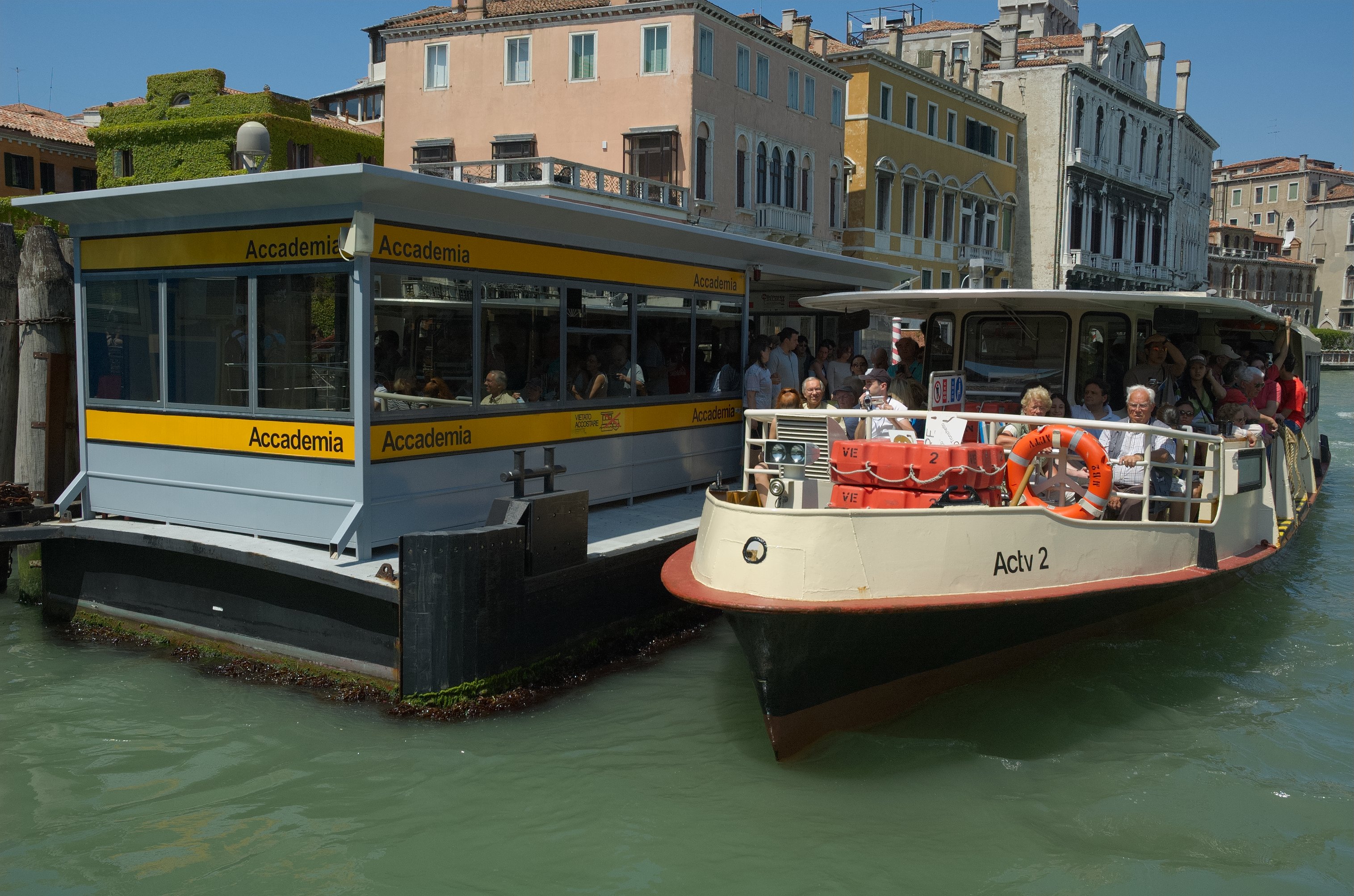|
Dodger Area Rapid Transit
Dodger Area Rapid Transit is the primary provider of mass transportation in Fort Dodge, Iowa with six routes serving the region. As of 2019, the system provided 100,941 rides over 16,998 annual vehicle revenue hours with 12 buses and 3 paratransit vehicles. The service is managed by the Mid-Iowa Development Association (MIDAS) Council of Governments. History Public transit in Fort Dodge began with streetcars in 1903, with the Fort Dodge Light & Power Co. In 1925, the streetcars were replaced with bus service. In 2020, service was temporarily discontinued from April 1 to May 21 as a result of the COVID-19 pandemic. As a result of a ridership drop due to the pandemic, the system faced funding challenges in 2021. The issue was exacerbated by a driver shortage that left the full operation of the system in question. Service Dodger Area Rapid Transit operates 6 weekday bus routes on a pulse system with all routes leaving the central transfer point on the half hour. The transfer poi ... [...More Info...] [...Related Items...] OR: [Wikipedia] [Google] [Baidu] |
Fort Dodge, Iowa
Fort Dodge is a city in and the county seat of Webster County, Iowa, United States, along the Des Moines River. The population was 24,871 in the 2020 United States census, 2020 census, a decrease from 25,136 in 2000 United States Census, 2000. Fort Dodge is a major commercial center for North Central and Northwest Iowa. It is located on U.S. Route 20 in Iowa, U.S. Routes 20 and U.S. Route 169, 169. History Fort Dodge traces its beginnings to 1850 when Capt. Samuel Woods, with his E Company of the 6th Infantry Regiment (United States), 6th Infantry were sent from Fort Snelling to erect and garrison a fort at the junction of the Des Moines River and Lizard Creek (Iowa), Lizard Creek, they arrived August 2, 1850. It was originally named Fort Clarke, in honor of Brev. Brig. Gen. Newman S. Clarke, colonel of the Sixth 151, but was renamed Fort Dodge because there was another fort with the same name in Texas. It was named after Henry Dodge, a governor of Wisconsin Territory (which h ... [...More Info...] [...Related Items...] OR: [Wikipedia] [Google] [Baidu] |
Webster County, Iowa
Webster County is a county in the U.S. state of Iowa. As of the 2020 census, the population was 36,999. The county seat is Fort Dodge. The county was established in January 1851, one of 43 counties established by a legislative package. This county was named after Daniel Webster, an American statesman noted for his moving oratory. Webster County comprises the Fort Dodge, IA Micropolitan Statistical Area. Geography According to the U.S. Census Bureau, the county has an area of , of which is land and (0.4%) is water. Major highways * U.S. Highway 20 – runs east–west across central Webster County, through Moorland and Coalville. * U.S. Highway 169 – enters northern Webster County at mid-county and runs south to Harcourt. It runs four miles east, then turns south to exit the county. * Iowa Highway 7 – enters western Webster County running east from Manson. It runs east to its terminus at US Highway 169 at Fort Dodge. * Iowa Highway 175 – enters southeaster ... [...More Info...] [...Related Items...] OR: [Wikipedia] [Google] [Baidu] |
Bus Service
Public transport bus services are generally based on regular operation of transit buses along a route calling at agreed bus stops according to a published public transport timetable. History of buses Origins While there are indications of experiments with public transport in Paris as early as 1662, there is evidence of a scheduled "bus route" from Market Street in Manchester to Pendleton in Salford UK, started by John Greenwood in 1824. Another claim for the first public transport system for general use originated in Nantes, France, in 1826. , a retired army officer who had built public baths using the surplus heat from his flour mill on the city's edge, set up a short route between the center of town and his baths. The service started on the Place du Commerce, outside the hat shop of a M. Omnès, who displayed the motto ''Omnès Omnibus'' (Latin for "everything for everybody" or "all for all") on his shopfront. When Baudry discovered that passengers were just as in ... [...More Info...] [...Related Items...] OR: [Wikipedia] [Google] [Baidu] |
Paratransit
Paratransit (also community transport in the United Kingdom, or intermediate public transport) is a type of public transport service that supplements fixed-route mass transit by providing individualized rides without fixed routes or timetables. Paratransit services may vary considerably on the degree of flexibility they provide their customers. At their simplest they may consist of a taxi or small bus that will run along a more or less defined route and then stop to pick up or discharge passengers on request. At the other end of the spectrum—fully demand-responsive transport—the most flexible paratransit systems offer on-demand call-up door-to-door service from any origin to any destination in a service area. In addition to public transit agencies, paratransit services may be operated by community groups or not-for-profit organizations, and for-profit private companies or operators. The concept of intermediate public transport (IPT) or paratransit, exhibits considerable varia ... [...More Info...] [...Related Items...] OR: [Wikipedia] [Google] [Baidu] |
Mass Transportation
Public transport (also known as public transit, mass transit, or simply transit) are forms of transport available to the general public. It typically uses a fixed schedule, route and charges a fixed fare. There is no rigid definition of which kinds of transport are included, and air travel is often not thought of when discussing public transport—dictionaries use wording like "buses, trains, etc." Examples of public transport include city buses, trolleybuses, trams (or light rail) and passenger trains, rapid transit (metro/subway/underground, etc.) and ferries. Public transport between cities is dominated by airlines, coaches, and intercity rail. High-speed rail networks are being developed in many parts of the world. Most public transport systems run along fixed routes with set embarkation/disembarkation points to a prearranged timetable, with the most frequent services running to a headway (e.g., "every 15 minutes" as opposed to being scheduled for a specific time of the ... [...More Info...] [...Related Items...] OR: [Wikipedia] [Google] [Baidu] |
Public Transit
Public transport (also known as public transit, mass transit, or simply transit) are forms of transport available to the general public. It typically uses a fixed schedule, route and charges a fixed fare. There is no rigid definition of which kinds of transport are included, and air travel is often not thought of when discussing public transport—dictionaries use wording like "buses, trains, etc." Examples of public transport include city buses, trolleybuses, trams (or light rail) and passenger trains, rapid transit (metro/subway/underground, etc.) and ferries. Public transport between cities is dominated by airlines, coaches, and intercity rail. High-speed rail networks are being developed in many parts of the world. Most public transport systems run along fixed routes with set embarkation/disembarkation points to a prearranged timetable, with the most frequent services running to a headway (e.g., "every 15 minutes" as opposed to being scheduled for a specific ti ... [...More Info...] [...Related Items...] OR: [Wikipedia] [Google] [Baidu] |
Streetcars
A tram (also known as a streetcar or trolley in Canada and the United States) is an urban rail transit in which Rolling stock, vehicles, whether individual railcars or multiple-unit trains, run on tramway tracks on urban public streets; some include segments on segregated Right-of-way (property access), right-of-way. The tramlines or tram networks operated as public transport are called tramways or simply trams/streetcars. Because of their close similarities, trams are commonly included in the wider term ''light rail'', which also includes systems separated from other traffic. Tram vehicles are usually lighter and shorter than Main line (railway), main line and rapid transit trains. Most trams use electrical power, usually fed by a Pantograph (transport), pantograph sliding on an overhead line; older systems may use a trolley pole or a bow collector. In some cases, a contact shoe on a third rail is used. If necessary, they may have dual power systems—electricity in city stre ... [...More Info...] [...Related Items...] OR: [Wikipedia] [Google] [Baidu] |
List Of Bus Transit Systems In The United States
The following is a list of presently-operating bus transit systems in the United States with regular service. The list excludes charter buses, private bus operators, paratransit systems, and trolleybus systems. Figures for daily ridership, number of vehicles, and daily vehicle revenue miles are accurate as of 2009 and come from the FTA National Transit Database. Alabama Alaska Arizona Arkansas California Colorado Connecticut Delaware District of Columbia Florida Georgia Hawaii Idaho Illinois Indiana Iowa Kansas Kentucky Louisiana Maine Maryland Massachusetts Michigan Minnesota Mississippi Missouri Montana Nebraska Nevada New Hampshire New Jersey New Mexico New York North Carolina North Dakota Ohio Oklahoma Oregon Pennsylvania Rhode Island South Carolina South Dakota Tennessee Texas Utah Vermont Virginia Washington West Virginia Wisconsin Wyoming See also * List of United State ... [...More Info...] [...Related Items...] OR: [Wikipedia] [Google] [Baidu] |
Bus Transportation In Iowa
A bus (contracted from omnibus, with variants multibus, motorbus, autobus, etc.) is a motor vehicle that carries significantly more passengers than an average car or van, but fewer than the average rail transport. It is most commonly used in public transport, but is also in use for charter purposes, or through private ownership. Although the average bus carries between 30 and 100 passengers, some buses have a capacity of up to 300 passengers. The most common type is the single-deck rigid bus, with double-decker and articulated buses carrying larger loads, and midibuses and minibuses carrying smaller loads. Coaches are used for longer-distance services. Many types of buses, such as city transit buses and inter-city coaches, charge a fare. Other types, such as elementary or secondary school buses or shuttle buses within a post-secondary education campus, are free. In many jurisdictions, bus drivers require a special large vehicle licence above and beyond a regular driving lic ... [...More Info...] [...Related Items...] OR: [Wikipedia] [Google] [Baidu] |






